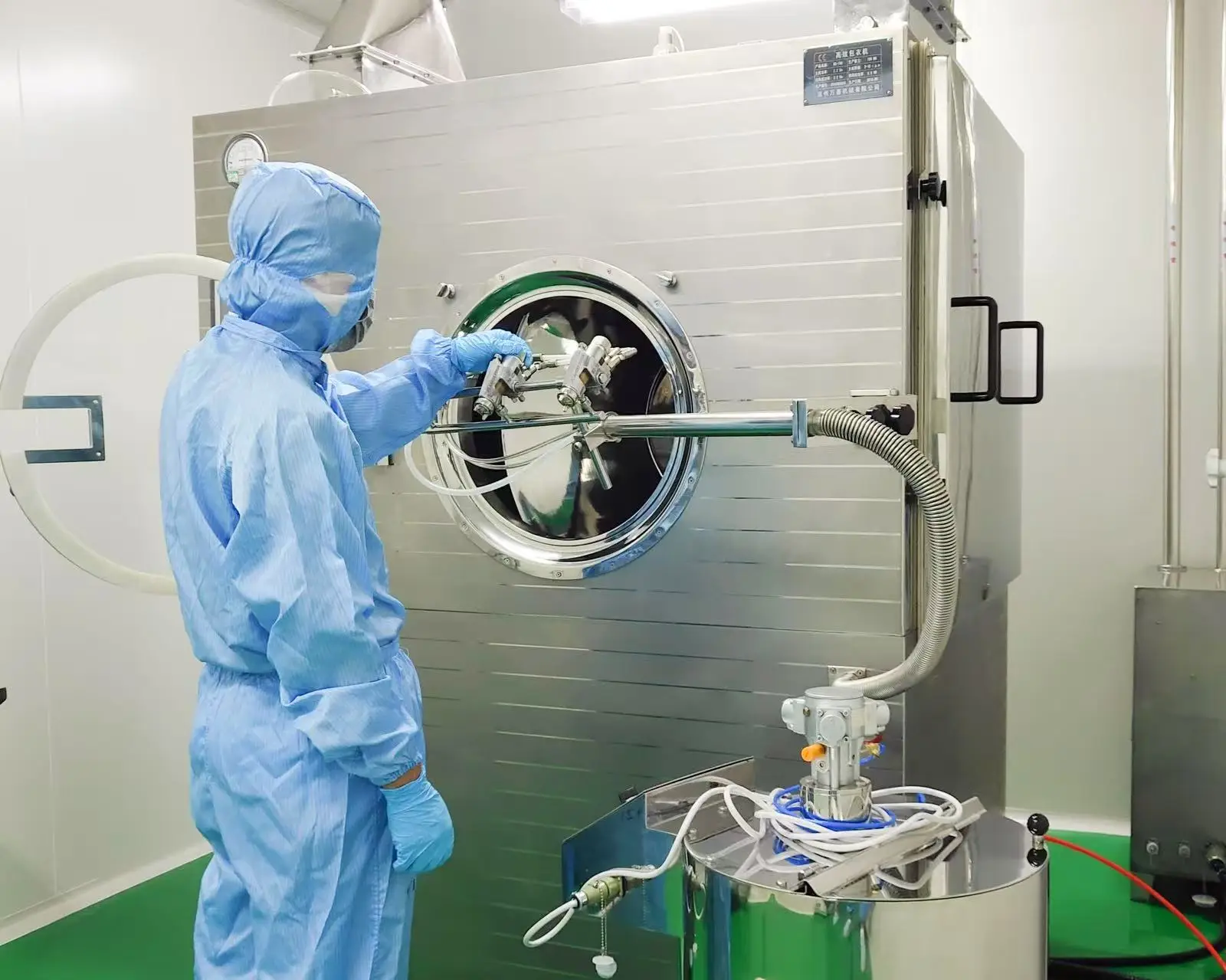Currently, the extraction of natural plant extracts employs a variety of methods, each tailored to specific needs and offering distinct advantages. Common techniques include solvent extraction, ultrasonic extraction, microwave extraction, and enzymatic extraction. Meanwhile, advanced methods such as supercritical fluid extraction and microwave-assisted extraction are increasingly adopted due to their efficiency, scalability, and environmental benefits. These techniques enable the isolation of bioactive compounds like flavonoids, essential oils, and antioxidants, which are widely used in industries such as pharmaceuticals, cosmetics, and food production.

Solvent Extraction Method
Solvent extraction is a foundational technique that uses solvents to dissolve and extract active ingredients from solid plant materials. The solvent must be compatible with the target compounds, meaning it should be miscible with the solute to ensure effective extraction. Commonly used solvents include water for polar compounds like sugars and amino acids, ethanol for polyphenols and flavonoids, and methanol or acetone for a broader range of phytochemicals. The process starts by crushing the plant material to increase its surface area, then placing it in a suitable container and adding several times its volume in solvent. Extraction can be performed using various methods: immersion (soaking the material), percolation (passing solvent through the material), decoction (boiling), reflux (recycling solvent via condensation), or continuous extraction (using specialized equipment). For instance, Bako’s salvia extract and many essential oils are produced using solvent extraction, showcasing its versatility across different plant types.
Several factors influence the efficiency of solvent extraction. Solvent concentration affects how well the target compounds dissolve, while the solid-to-liquid ratio determines the degree of contact between the plant material and solvent—too little solvent may leave compounds unextracted, and too much can dilute the yield. Extraction temperature enhances solubility but risks degrading heat-sensitive substances, and extraction time must be balanced to maximize yield without excess prolongation. A study by Cristina Juan et al. demonstrated this by extracting ochratoxin A (OTA) from rice, optimizing conditions to achieve a maximum OTA content of 4.17 ng/g, verified through fluorescence detection and liquid chromatography. Similarly, Monte D. Holt et al. extracted alkylresorcinols from raw and cooked wheat, finding that solvent extraction reduced processing time compared to alternative methods, highlighting its practical advantages.
Ultrasonic Extraction Method
Ultrasonic extraction leverages high-frequency sound waves to accelerate the release of compounds from plant cells into a solvent. The process relies on cavitation—where ultrasonic waves create bubbles that collapse, producing micro-jets that rupture cell walls—enhancing diffusion while preserving the structure and bioactivity of delicate compounds like vitamins and enzymes. This low-temperature method is ideal for heat-sensitive substances and has gained traction in recent years as a highly efficient physical process, often outperforming traditional solvent extraction by reducing time and solvent use while boosting yields.
Key variables in ultrasonic extraction include solvent type and concentration, solid-to-liquid ratio, temperature, and duration. Ling Zhou et al. explored this with Schisandra chinensis, finding that higher temperatures and ultrasonic power increased extraction rates due to improved solvent penetration. Hong Van Le et al. compared ultrasonic and enzymatic extraction for vitamin E and phenolic compounds from cherries, noting that ultrasonic extraction was six times faster and yielded 2–3 times more extract, thanks to its mechanical disruption. Zhong Aiguo et al. extracted chlorophyll from fresh bamboo leaves, achieving higher yields at room temperature compared to organic solvent methods, saving energy and maintaining compound stability, as quantified by spectrophotometry.
Supercritical Fluid Extraction (SFE)
Supercritical fluid extraction (SFE) is an innovative technique typically using carbon dioxide (CO2) as the extractant. CO2 becomes supercritical above its critical point (31.1°C and 73.8 bar), combining gas-like diffusion with liquid-like solvating power. This allows precise extraction by adjusting temperature and pressure, after which depressurization separates the extract, leaving no solvent residue. SFE’s low operating temperature preserves heat-sensitive compounds, and its eco-friendly nature—using non-toxic CO2—makes it a green choice for food, pharmaceutical, and cosmetic applications.
Since the mid-1980s, supercritical CO2 extraction has advanced plant compound extraction. Ruey Chi Hsu et al. extracted active ingredients from Ganoderma (reishi mushroom) using CO2 and ethanol, ensuring fluidity without temperature-related degradation. Monica Waldebäck et al. optimized squalene and α-tocopherol extraction from olives at 190°C for 10 minutes with ethanol, showcasing SFE’s precision. Yi Qiang Ge et al. extracted natural vitamin E from wheat germ, achieving peak yields with a 30-mesh particle size, 4000–5000 psi pressure, 40–50°C temperature, and 2.0 mL/min CO2 flow, emphasizing the role of pre-treatment and conditions.
Microwave-Assisted Extraction (MAE)
Microwave-assisted extraction (MAE) uses microwave energy to heat plant cells internally, rupturing them via thermal stress to release compounds into a solvent. Microwaves target polar molecules like water, heating the plant material faster than the surrounding solvent, which enhances extraction speed and efficiency. This method reduces extraction time from hours to minutes, conserves solvent, and minimizes degradation of valuable compounds, making it ideal for polyphenols and essential oils.
MAE requires polar solvents (e.g., water, ethanol, methanol) that absorb microwaves and plant materials with sufficient moisture. Ting Zhou et al. extracted flavonoids and coumarins from medicinal plants, achieving a 98.7% extraction rate under optimized conditions via orthogonal experiments. Li Haibin et al. extracted mogrosides from dried monk fruit, reaching 70.5% yield—45% higher than water extraction—with a 50% time reduction, demonstrating MAE’s superiority for specific applications.
Microwave-Ultrasonic Synergistic Extraction Method
Combining microwave and ultrasonic technologies creates a synergistic extraction method. Microwaves provide rapid heating but have limited penetration, while ultrasonic waves offer mechanical disruption via cavitation with minimal heat. Together, they enhance cell rupture and compound release, improving efficiency and reducing energy use. HeJT et al. extracted water-soluble components from traditional Chinese medicine, while Luo Feng et al. targeted flavonoids from licorice. Ma Lihua et al. outperformed traditional distillation for burdock carotenoids, and Bai Hongjin et al. tested aloe extracts’ antioxidant effects on oils, confirming the method’s broad applicability.



